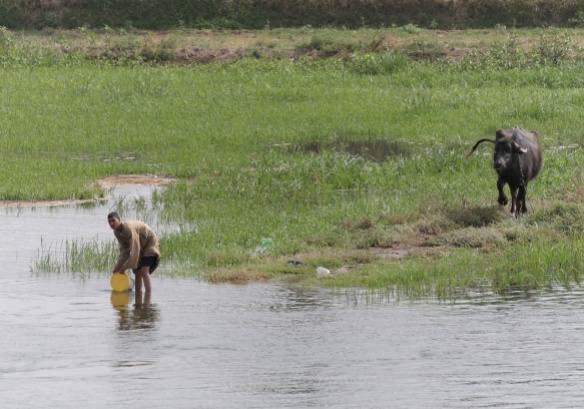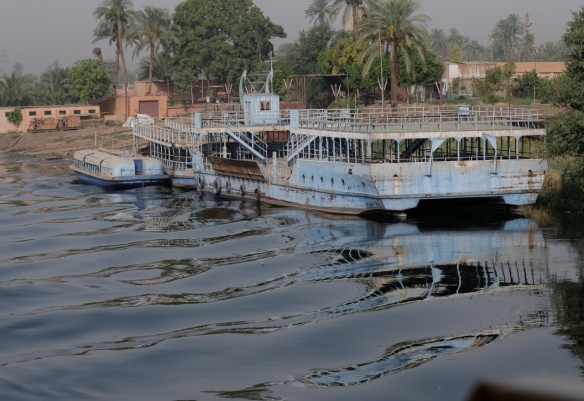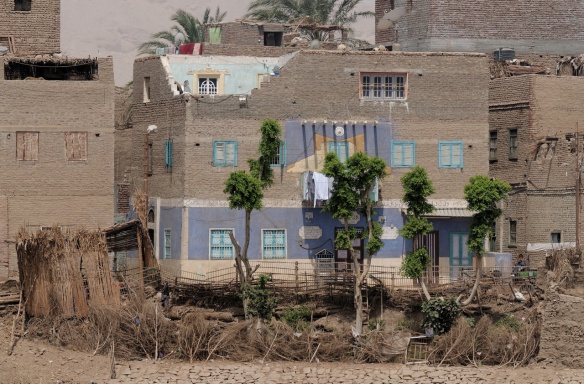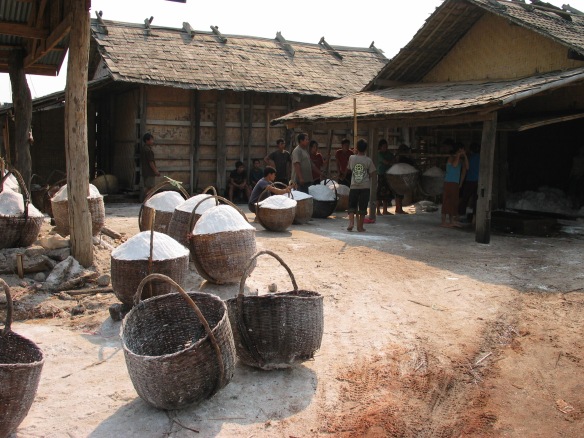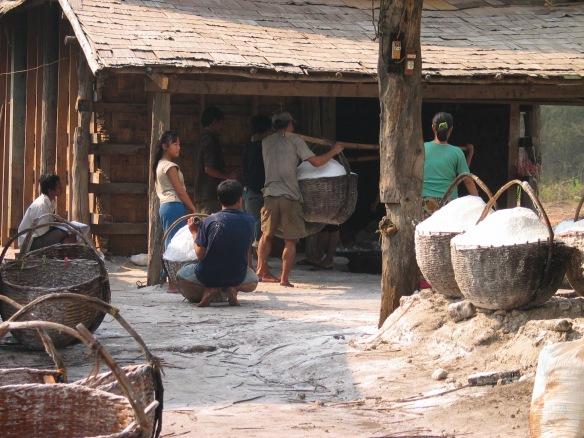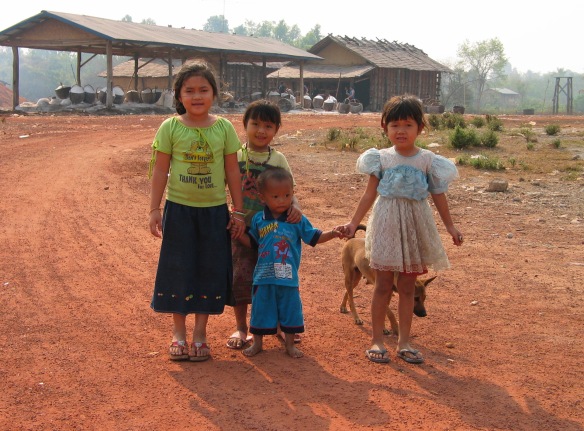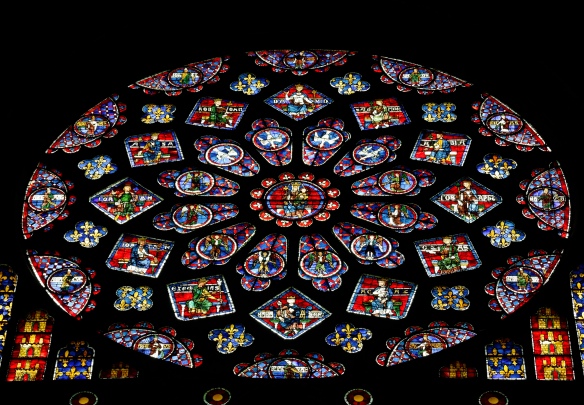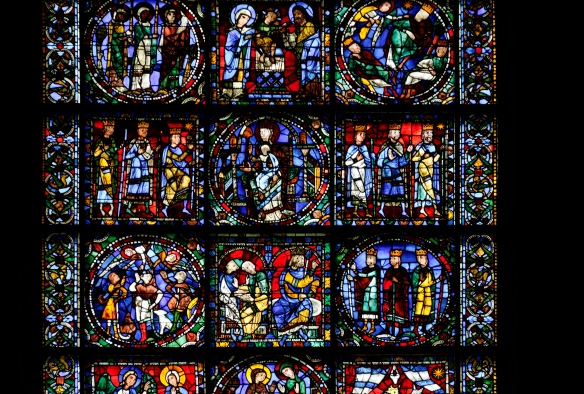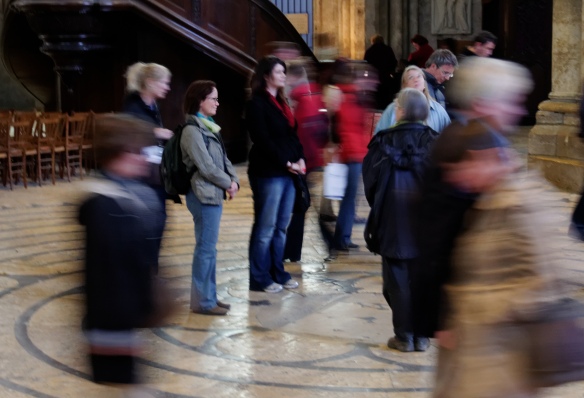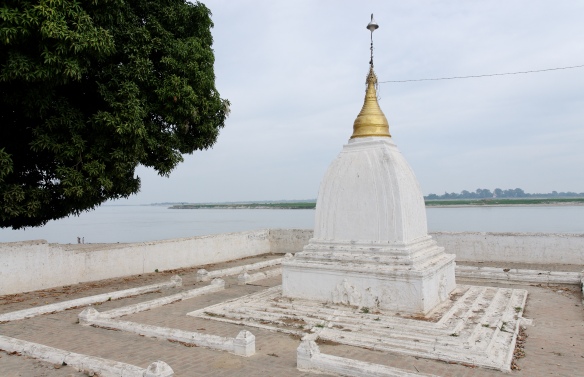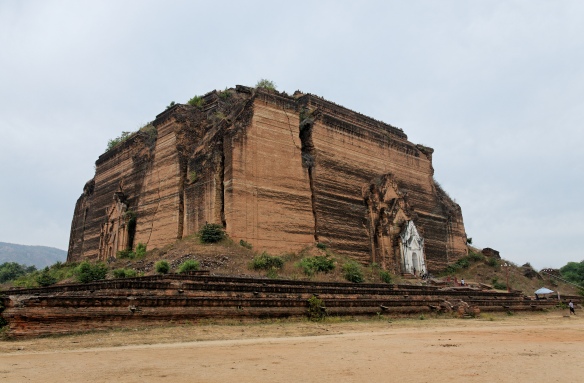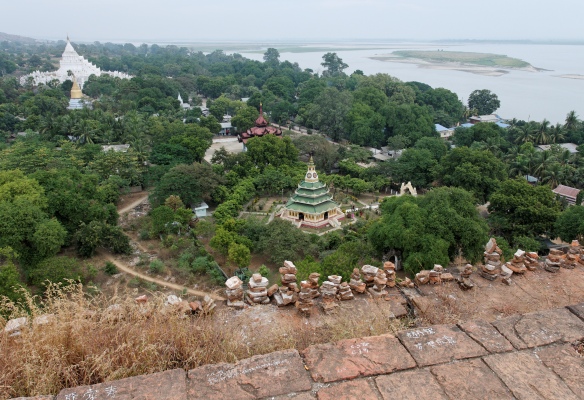Cleopatra: He’s speaking now, Or murmuring ‘Where’s my serpent of old Nile?’ — Shakespeare Antony and Cleopatra, Act I, Scene 4
This is Part 2 to my post about our brief trip to Luxor, Egypt. As I look through Uwe’s photographs from that week I’m struck by his images of the Nile.
There is something sensuous about this river… One of my very favorite Shakespeare plays is Antony and Cleopatra. Here is the description of Cleopatra floating down the Nile:
Enobarbus: The barge she sat in, like a burnished throne,
Burned on the water; the poop was beaten gold,
Purple the sails, and so perfumed, that
The winds were love-sick with them, the oars were silver,
Which to the tune of flutes kept stroke, and made
The water which they beat to follow faster,
As amorous of their strokes.
…From the barge
A strange invisible perfume hits the sense
Of the adjacent wharfs. The city cast
Her people out upon her, and Antony,
Enthroned i’ the market-place, did sit alone,
Whistling to the air; which, but for vacancy,
Had gone to gaze on Cleopatra too
And made a gap in nature.
Agrippa: Rare Egyptian! (Act II, Scene 2)
The Nile is iconic. It’s the longest river in the world, around 4,160 miles or 6,670 kilometers The Nile originates at Lake Victoria and Lake Tana, and ends at the Mediterranean. It flows northward through Tanzania, Rwanda, Kenya, Uganda, Burundi, Ethiopia, Democratic Republic of the Congo, Sudan, South Sudan, and Egypt.
It is the largest oasis on the planet. When we visited in May 2013 tourism had declined so far that there were no longer any direct flights to Luxor. Instead, we flew to Hurghada on the Red Sea and a van met us. We drove for four hours across the barest desert landscape imaginable. No nomads, no towns, no vegetation or animal life to be seen. When we reached the Nile, visible signs of life appeared again.
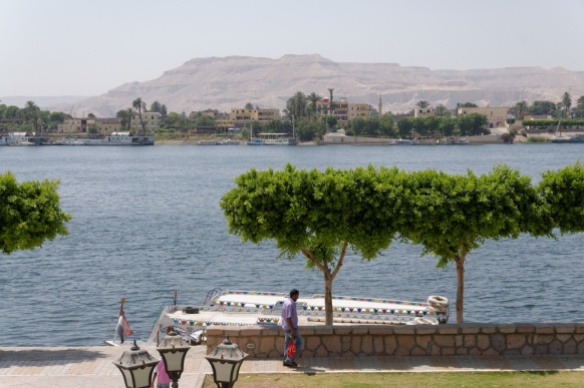
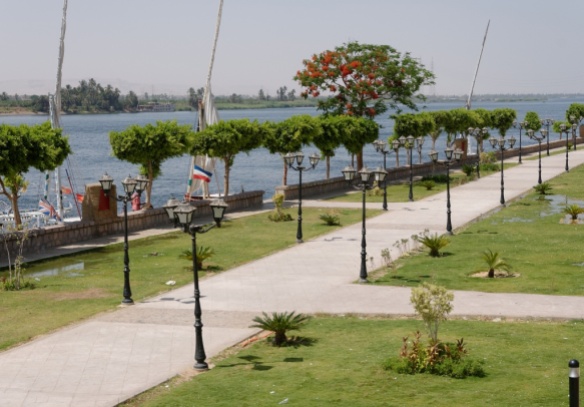
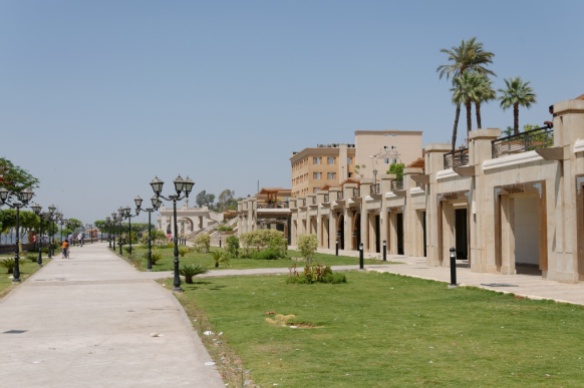 All of the great ancient cities we visited are on the river’s banks. Karnak, Luxor/Thebes. Dendera, Edfu. From our hotel balcony we gazed directly across the river to the Valley of the Kings. The Valleys of the Kings, the Queens and the Nobles are on the west bank of the Nile River as you must be buried on that side in order to enter the afterlife.
All of the great ancient cities we visited are on the river’s banks. Karnak, Luxor/Thebes. Dendera, Edfu. From our hotel balcony we gazed directly across the river to the Valley of the Kings. The Valleys of the Kings, the Queens and the Nobles are on the west bank of the Nile River as you must be buried on that side in order to enter the afterlife.
We sailed downriver to Dendera, enjoying the scenery that flowed slowly past. 
The fertile Nile was the original source of Egypt’s wealth and today 40 million Egyptians (50% of the population) live near its banks. There was life on the shores and in the water everywhere we looked.
Cleopatra: …we’ll to th’ river: there, My music playing far off, I will betray Tawny-finned fishes. (Act II, Scene 5)
 Antony: The higher Nilus swells, The more it promises; as it ebbs, the seedsman Upon the slime and ooze scatters his grain, And shortly comes to harvest. (Act II, Scene 7)
Antony: The higher Nilus swells, The more it promises; as it ebbs, the seedsman Upon the slime and ooze scatters his grain, And shortly comes to harvest. (Act II, Scene 7)
The Egyptian calendar was based on the Nile’s three flood cycles. According to Wikipedia, “[t]hese seasons, each consisting of four months of thirty days each, were called Akhet, Peret, and Shemu. Akhet, which means inundation, was the time of the year when the Nile flooded, leaving several layers of fertile soil behind, aiding in agricultural growth. Peret was the growing season, and Shemu, the last season, was the harvest season when there were no rains.” [1]
As I looked out at the river and thought about my mother, I sensed the rhythms of life and death more clearly than ever before.
 To the ancients, the Nile was the River Ar meaning “black” because of the rich, fertile sediment left on the banks from the Nile’s flooding. When the Aswan Dam was built in 1970, the annual flooding ended. But by the time we left I knew why Shakespeare’s hero confessed,
To the ancients, the Nile was the River Ar meaning “black” because of the rich, fertile sediment left on the banks from the Nile’s flooding. When the Aswan Dam was built in 1970, the annual flooding ended. But by the time we left I knew why Shakespeare’s hero confessed,
Antony: Egypt, thou knew’st too well My heart was to thy rudder tied by th’ strings, And thou shouldst tow me after. (Act III, Scene 9)
NOTES: [1] Wikipedia: Season of the Harvest
http://interesting-africa-facts.com/Africa-Landforms/Nile-River-Facts.html
http://www.ancient-egypt-online.com/river-nile-facts.html
http://www.sciencekids.co.nz/sciencefacts/earth/nileriver.html
All photogaphs can be enlarged by simply clicking on the image. More of Uwe’s pictures from Egypt and his photography may be viewed at viewpics.de.




